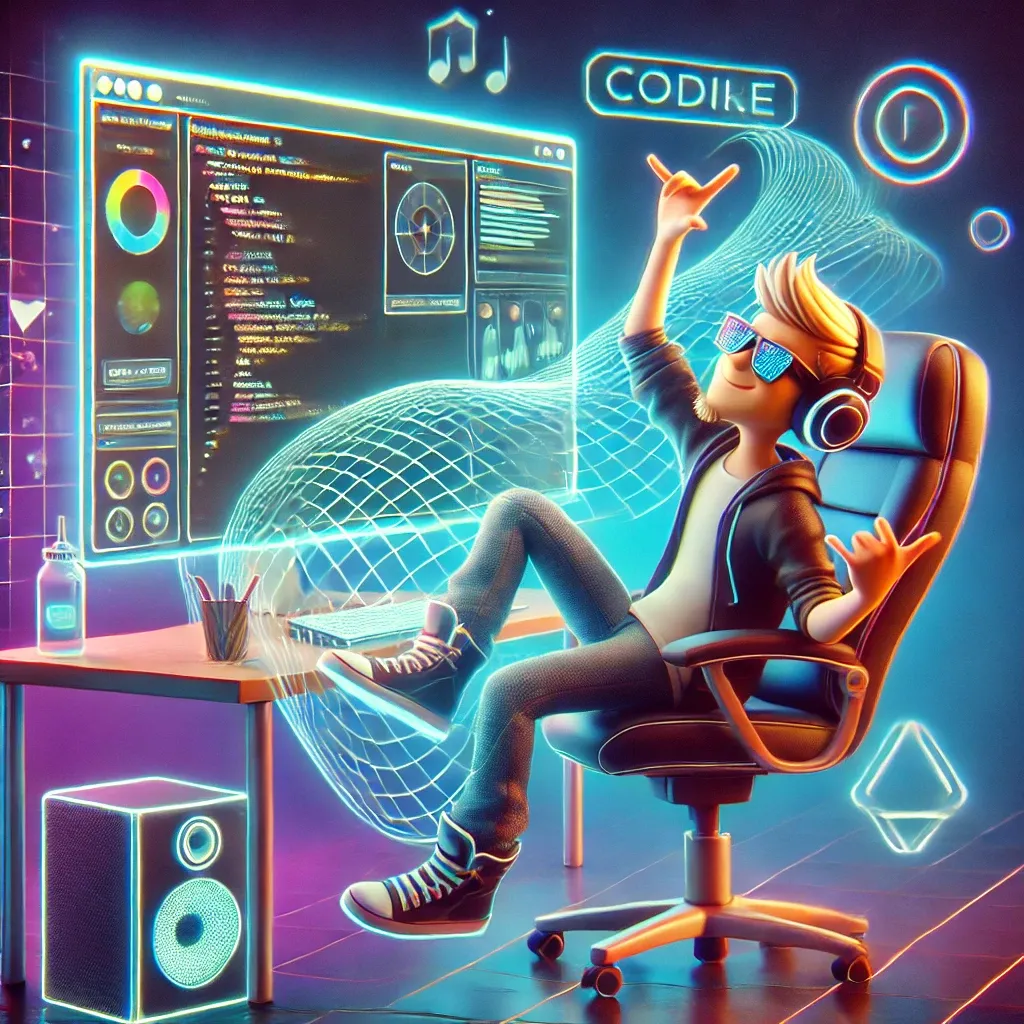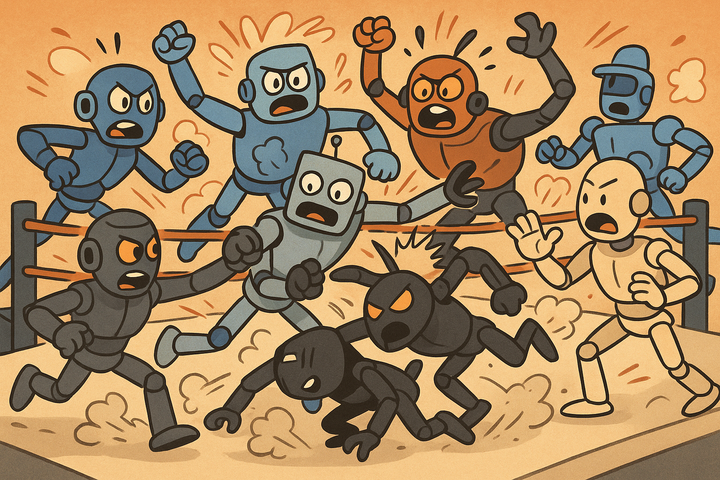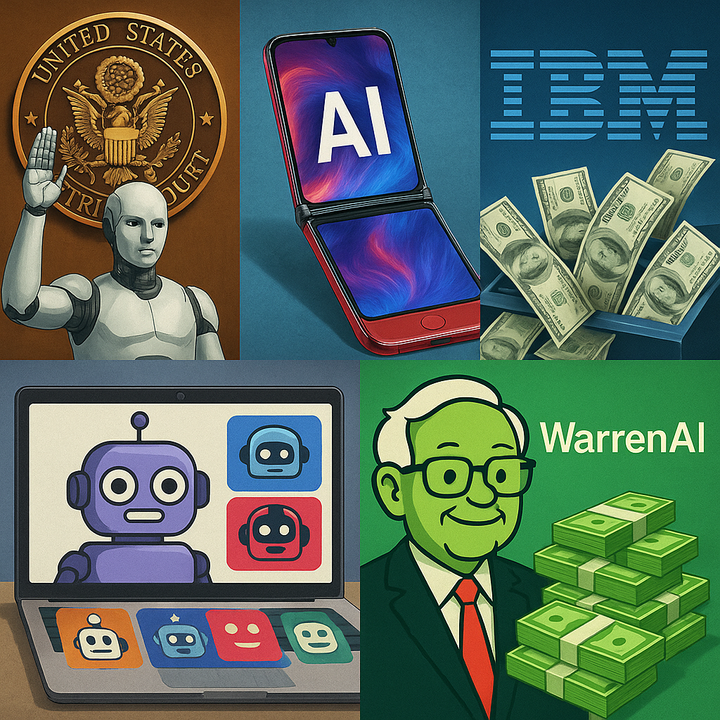Lovable's New UX Editor and the Rise of Vibe Coding
Their new Visual Edits feature is a Figma-like interface built directly into their AI-powered app builder, letting you tweak and refine your frontend instantly.

Shifting gears out of full pessimistic Roblox snark mode from this morning. I’m writing about Lovable’s latest feature update solely because the world needs a more robust definition of this revolutionary "vibe coding" concept.
But before we fully commit to the metaphysical wonders of vibe coding, let’s take a second to appreciate what Lovable just pulled off—because, honestly, it’s pretty cool. Their new Visual Edits feature is basically a Figma-like interface built directly into their AI-powered app builder, letting you tweak and refine your frontend instantly. No more endless CSS adjustments, no more refreshing the browser 47 times to see if your padding change actually worked—just click, edit, and watch your changes materialize in real time. Even better, it keeps everything synced with clean, maintainable code, so you’re not just slapping in-line styles onto everything like a chaotic gremlin.
In short: Lovable just made frontend development way less painful and way more intuitive. And that, my friends, is the kind of energy that leads us to the rise of the Vibe Coder™.
What is Vibe Coding?
Vibe coding is the art of improvising your way through software development with the confidence of a jazz musician who may or may not know how to read music. It’s about pure, unfiltered energy. It’s committing to aesthetic-driven engineering where the feels matter more than the function (but don’t worry, the function will probably still work). It’s when your IDE is more of a canvas for expressing your soul than a place to write "clean, maintainable code" (whatever that means).
Vibe coding is pair programming with the universe—it’s not just about syntax, it’s about vibes. You feel when the padding is off. You sense that a border-radius should be 12px instead of 8px. You don’t need a linter; your soul tells you when something isn’t right.
How Lovable is Enabling a New Generation of Vibers
Before Lovable’s Visual Edits, vibe coding was high-risk, high-reward. If you wanted to tweak your app’s UI in real time, you had to summon the dark forces of CSS, refresh 14 times, and hope you didn’t just break everything. But now? With Lovable’s Figma-like frontend editor, you can manifest your vibes into existence instantly.
Imagine this:
- You hover over an element.
- You feel that it needs a little more ✨drama✨.
- You tweak the color, adjust the spacing, change the font weight—all in real-time.
- The code updates magically behind the scenes.
- You step back, admire the energy shift, and say: Yes. The vibes are immaculate.
Gone are the days of thinking, “Ugh, I wish I could just click on this button and make it prettier without digging through JSX.” Lovable has liberated us from the tyranny of old-school frontend iteration.
The Future of Vibe Coding
We are entering an era where software development is no longer just about logic and structure—it’s about aesthetic intuition. Soon, AI won’t just be assisting with syntax; it’ll be co-creating vibes with you. One day, you’ll sit down to code, and your AI will whisper: "Hey, I noticed your navbar has major ‘2016 startup’ energy. Want me to freshen it up?" And you’ll say yes, because you trust your AI, and because you are a Vibe Coder.
So hats off to Lovable. Not just for making frontend development easier, but for giving us the tools to code with our souls. The next generation of software isn’t just going to work well. It’s going to feel right.
Welcome to the Vibe Coding Renaissance.



Comments ()